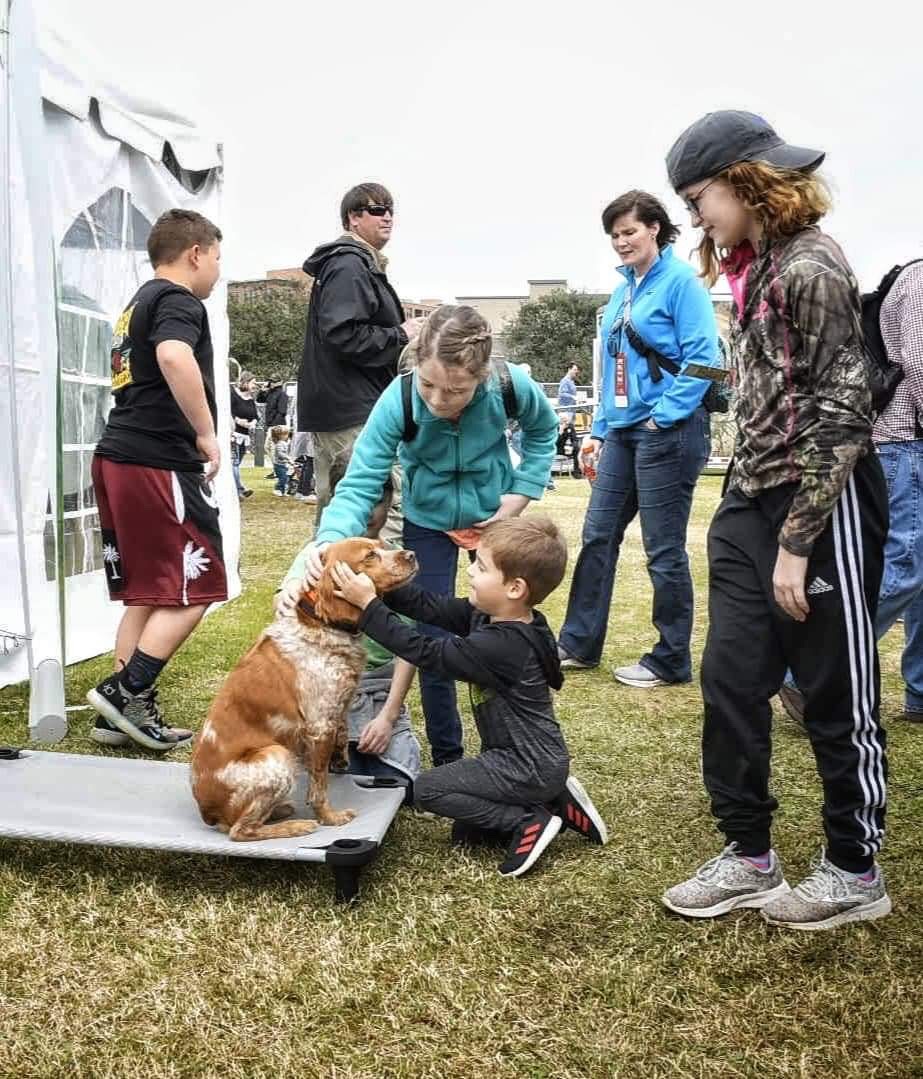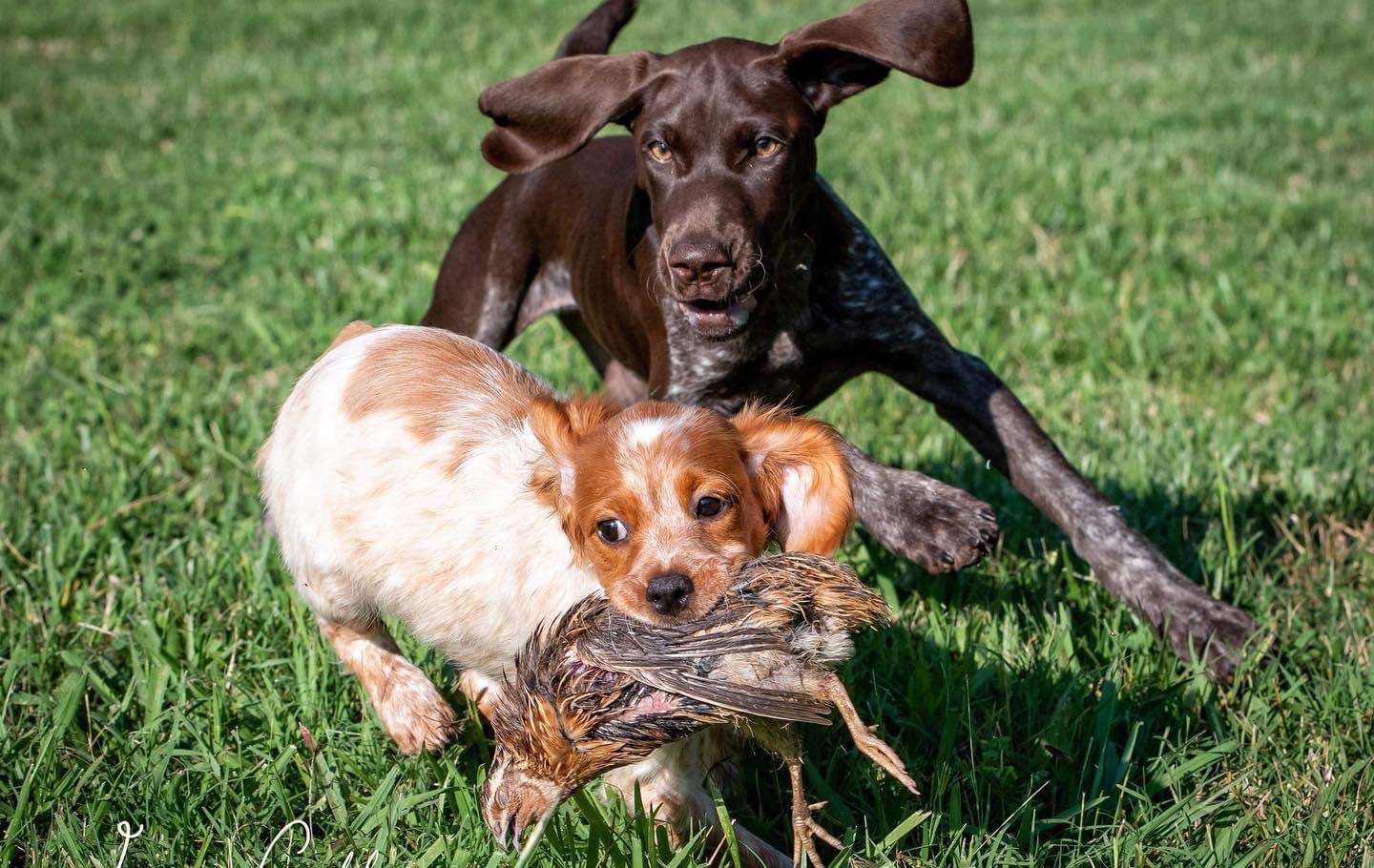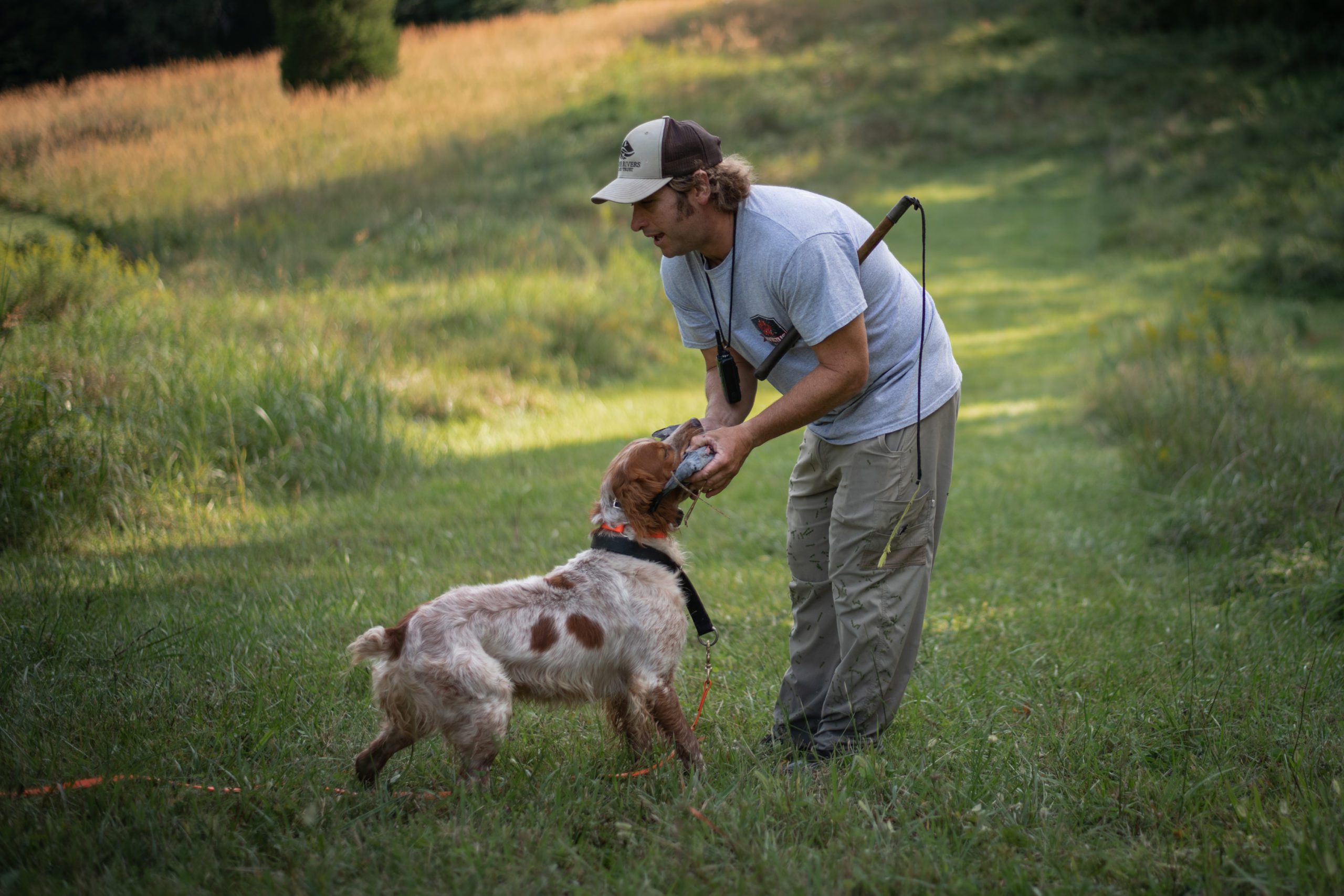Classical Conditioning as it Relates to Dog Training
First proposed and studied by Ivan Pavlov, classical conditioning is one form of learning in which an organism “learns” through establishing associations between different events and stimuli. For example, when a neutral stimulus (such as a bell) is paired with an unconditioned stimulus (such as food) which produces some involuntary bodily response all on its own (such as salivating), the neutral stimulus begins to trigger a response by the organism similar (some salivation) to that produced by the unconditioned stimulus. In this way, the organism has “learned” that the neutral stimulus equals something good (just like the unconditioned stimulus).
Last week I wrote about the vocabulary that we use to describe our dog training process. We prefer to use the language of behaviorism because it is clear, concise, and relatively simple. If you understand the principles of behaviorism then you are not likely to be fooled or misled in a training conversation, and you have a fundamental tool in your trainer’s toolbox. Classical conditioning is a basic principle of all behavior and has been well defined above; now let’s discuss it in the context of training dogs.
If we dissect the definition of classical conditioning above we see that organisms are “establishing an association between different events and stimuli”. The definition references Pavlov’s dogs. Training specific examples would be the stimulus in the form of the word “NO!” directly followed by a collar correction or a pop on the nose or a click from a clicker directly followed by a bit of food. When a stimulus is repeatedly paired with an event the stimulus becomes classically conditioned. Next, we notice that the neutral stimulus (bell, “No!” click, etc.) is paired with an unconditioned stimulus (food or pain in our examples) and that this produces an involuntary response. It is important that we recognize that the response is involuntary; in fact, we will likely not even be able to physically observe the response. When “NO!” becomes associated with pain, the involuntary response of the dog to the word no is to prepare to feel pain. This is often confused with the dog ending an undesirable behavior because he hears the word no when in reality he ends the behavior because he associates it with pain and the pain is associated with the word no. The same holds true for a classically conditioned reward marker often represented by a click from a clicker. The click itself does not elicit a behavior, actually, it often marks the end of a behavior, but its primary function is to prepare the dog to receive a reward.
Understanding how classical conditioning works helps us precisely capture the moment of occurrence of a desirable or undesirable behavior and to clearly communicate our intentions to the dog at that moment. Our intentions become our actions (deliver reward, induce discomfort) and those operantly conditioned stimuli will either reinforce or punish the dog’s behavior. We will cover operant conditioning and how it relates to dog training in our next blog entry.
Happy Training,
Grayson




